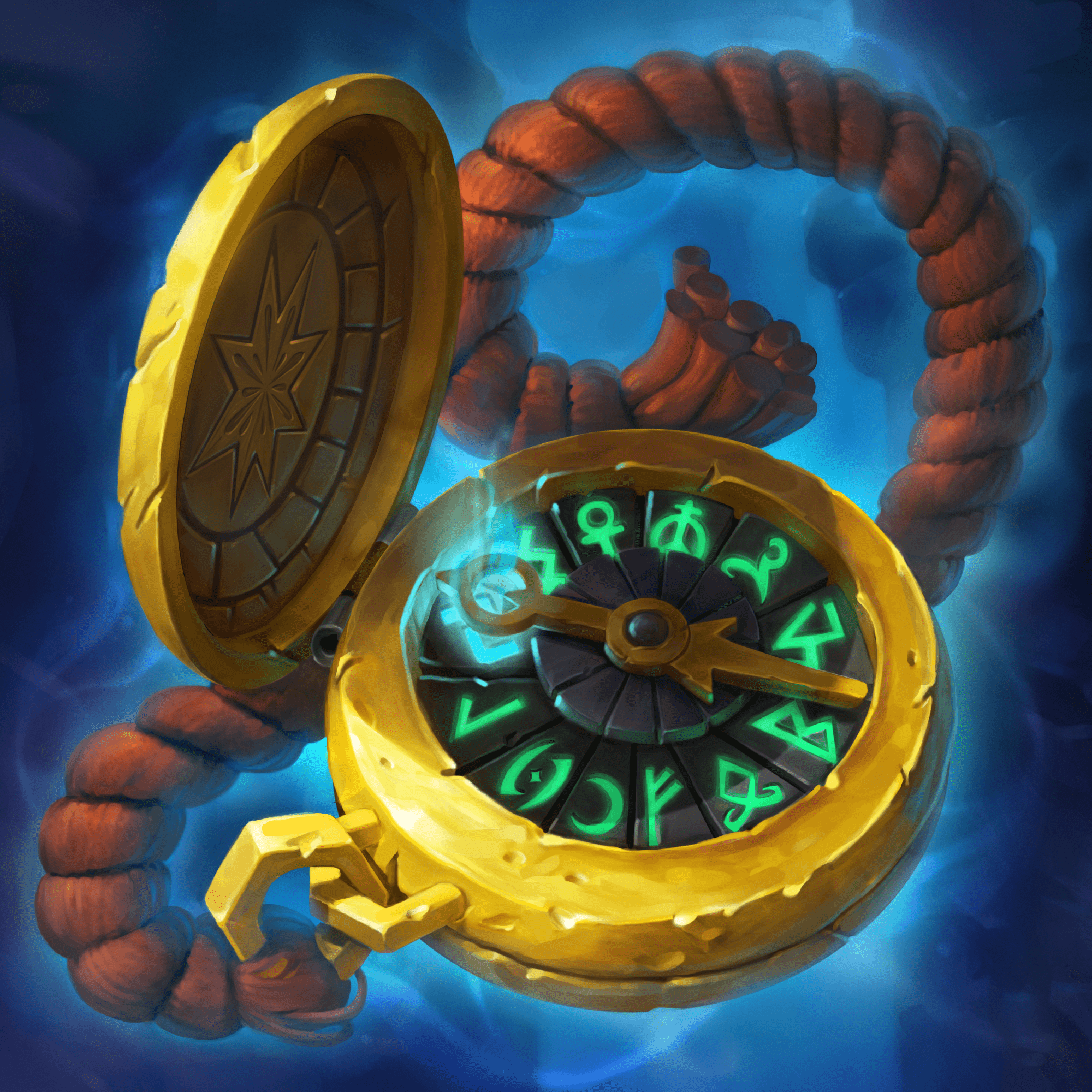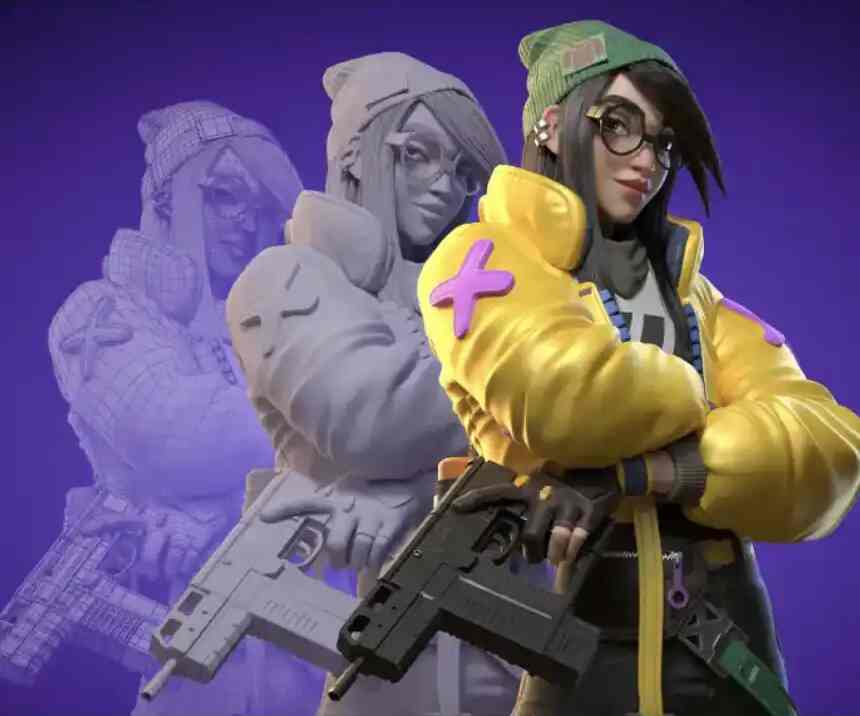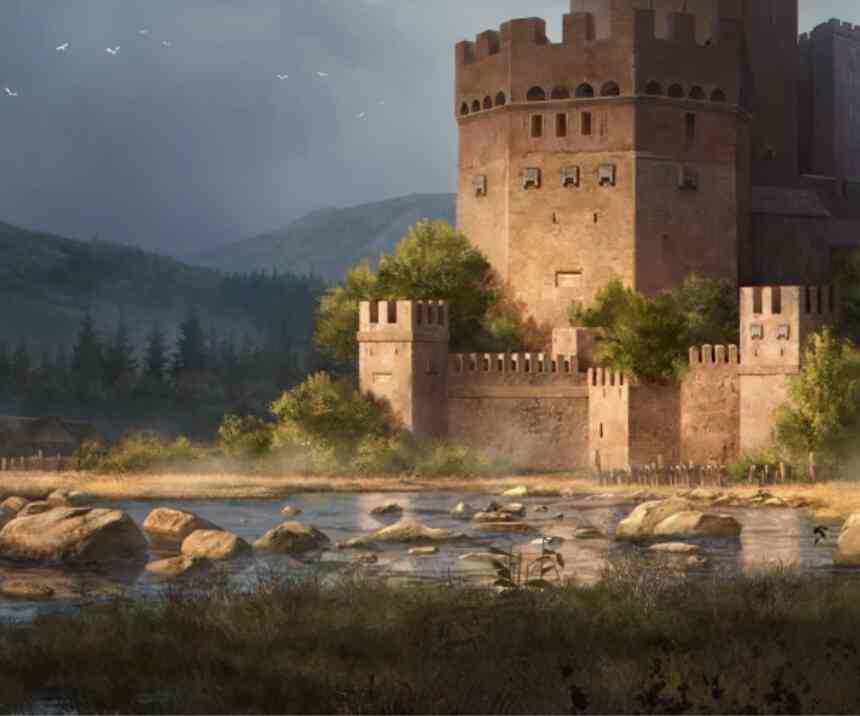HOW TO MAKE 2D GAME ART?
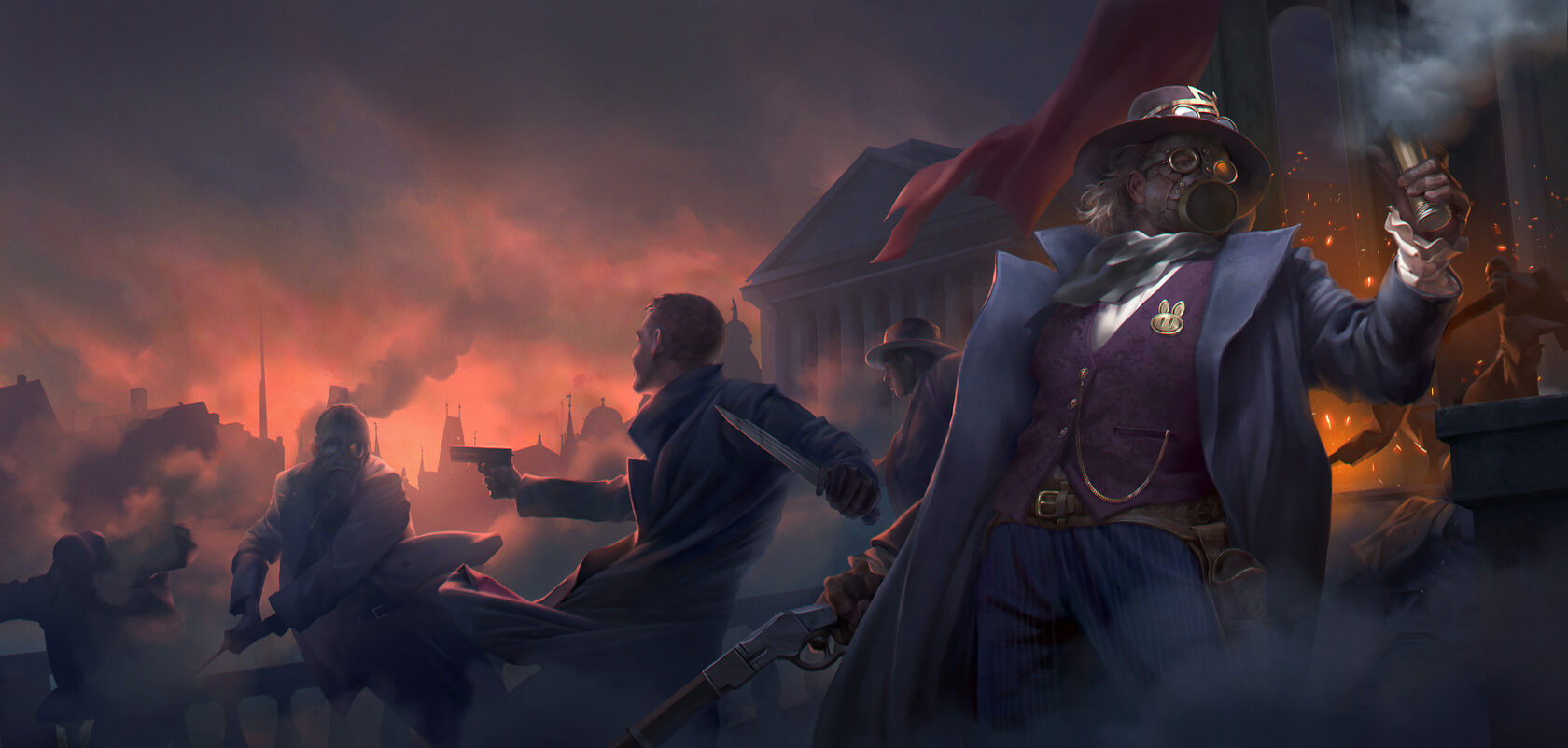
WHAT DOES IT TAKE TO MAKE GOOD 2D GAME ART?
WHERE IT ALL BEGINS
First of all, we must point out that the process of drawing 2D game art is multistaged and multilayered. It involves tons of planning, strategizing, discussing, and theorizing. Please don't get the wrong idea that 2D game art is the king and everything revolves around it. No, it all starts with basic game design questions and defining crucial points of the future project.
Way before going to your digital drawing board and assigning early concept tasks, you need to figure out which style the game will use. Will it be casual and cartoonish or more realistic and down-to-earth? Will it have pixel art graphics or maybe flat art or monochromatic? On top of that, you can throw in some cool visual concepts to make the game art look like it is a comic book or anime.
While deciding on the questions above, you need to keep in mind three key points:
- Audience's perception;
- Game's lore;
- The genre of the project;
It happens so that each art style in 2D games has its audience with specific demands and expectations. So, the first question you need to ask yourself before starting a game project should be – "What kind of audience I'm aiming at? What do they expect from my game?" The answer to this question lies within the gameplay.

THE NEED FOR ART LEAD
It is the most important person in the design department after the art director. Art leaders oversee and adjust all creative processes, keep the artists updated, focused, and motivated. It wouldn't be an exaggeration to say that they serve as a gluing component or skeleton on projects. On top of that, art leaders also hold direct contact with the client to make sure that everything goes as planned.
WHAT IS THE JOB OF 2D ARTISTS?
Many factors have a massive impact on the game's success on the market. Some of them are out of your direct control, but some are pretty much controllable from the start. If the game looks good and appealing to the eye, it has a higher chance to be bought and played. And here is where 2D game art comes into the spotlight. Unique character designs, original props, mind-blowing landscapes – all of these and much more come from the creative minds of 2D game artists to catch the players’ eye.
CONCEPT ART
Before designing a hero, a location, or any particular object in-game, you need to decide how it will look in general. Although concept artists create basic visualization of props, 2D character design, worlds, vehicles, clothes, and other objects, they don't participate in the finalization of the designs. Nevertheless, their vision helps with forming the look of the game to come.
2D CHARACTERS DESIGN
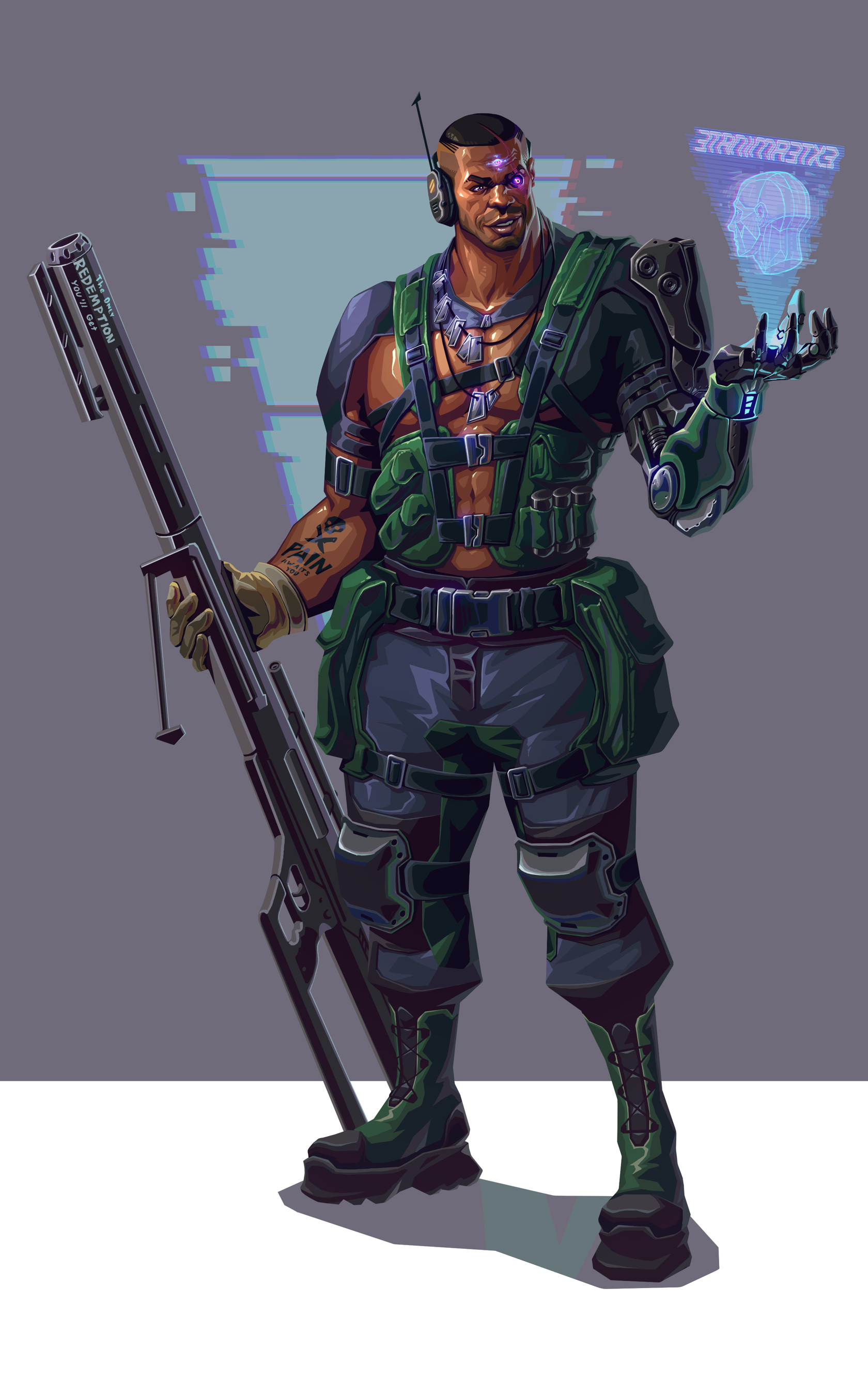
2D ENVIRONMENT DESIGN
Creating complex, beautiful and varied locations or levels is not an easy task. That is why multiple teams usually work on environments and landscapes. It is essential to distinguish level designers from environment artists. The latter build visually appealing worlds, create world assets, adjust lighting, and ensure the game's story and lore match the world in which the action takes place.
Each 2D environment design should feel unique. To achieve this, you must think not solely about the composition of elements but also consider artistic expressiveness when building levels. Pay attention to the accents, details of the world, its locations, and history.

GAME ICONS AND ITEMS
Even the smallest visual elements have an impact on the game perception. You may have fantastic visual effects and the coolest scenery, but it can be ruined in a millisecond by a clumsy user interface with weird icons and uninformative item representation. The good game never distracts players with unnecessary menus, explanations, and tips – everything must be intuitive.
